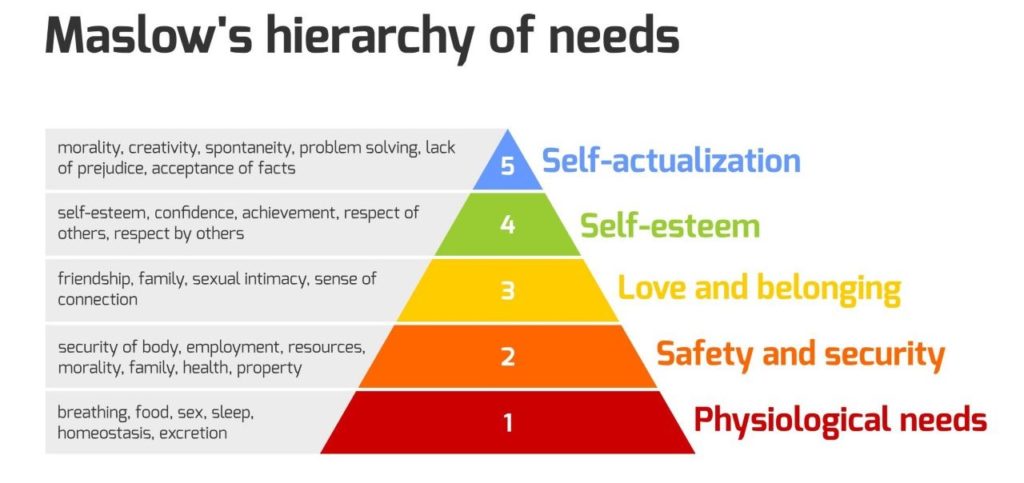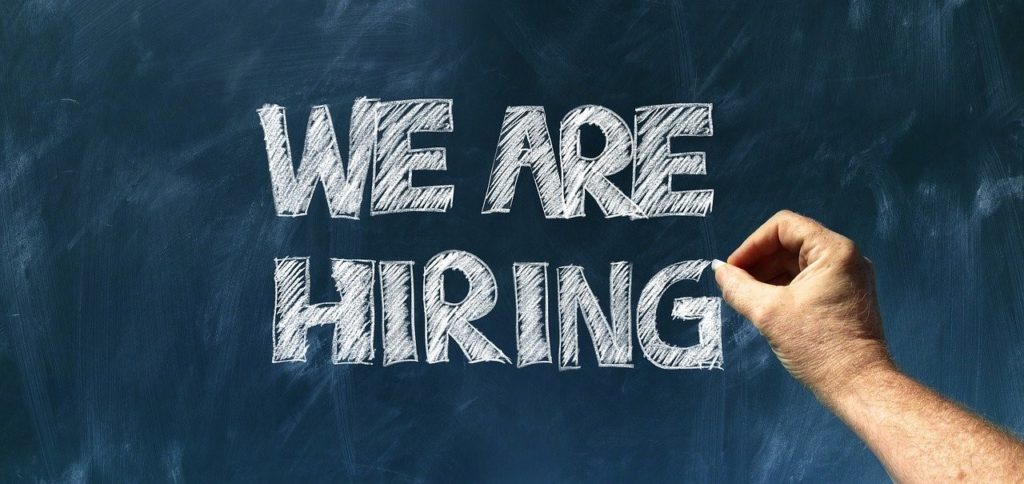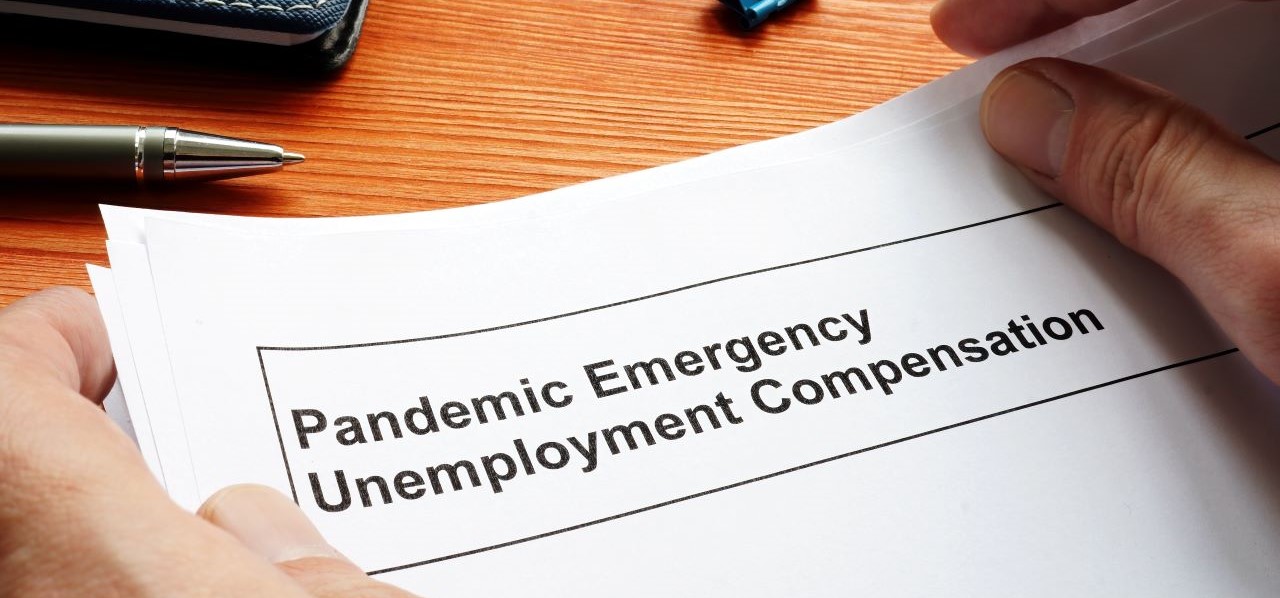Maybe current labor shortages have little to do with pandemic-era unemployment benefits. Maybe Maslow’s Hierarchy can explain.
The labor shortages
It’s tough to obtain needed labor right now.
I have recently had difficulty trying to find needed labor for base-level manufacturing jobs. The company was paying $14-$16 per hour, and frankly, qualified people were simply uninterested.
My overworked employees were asking me, “Can’t we hire some people? What about getting temp workers?” I told them what I believed to be true. Our wages are not competing with unemployment benefits right now. People are getting paid more to stay at home. Certainly, there was some truth in this, but people and employment rates are complex. Surely there is more to the story.
We are currently seeing some state leaders working toward ending the additional unemployment benefits offered during the pandemic. In their view, these benefits are incentivizing workers to remain jobless, impacting the state’s economic recovery. Some economists and groups suggest myriad other factors keeping people from working. They warn that removing these benefits will only take money from families and out of the economies, delaying recovery.
It should prove to be an interesting experiment. Some states will repeal the benefits, and some will not. The race to recovery will reveal who was right and who was wrong.
Enter Maslow
I’m no psychologist and my understanding of Maslow’s Hierarchy of Needs is pretty rudimentary. As a manager and as an MBA student, my exposure to the theory is from a management and leadership perspective.
If you’re not familiar with Maslow’s pyramid or the basic tenets of the theory, check out the Wikipedia page here.

Traditionally, the model is used to explain the hierarchy of human motivations. The idea is that an individual is motivated to meet their most basic needs first. Before their motivations move up to a new level on the pyramid, they must first have met the needs on all the levels below it (more or less, it’s not a perfect rule).
For example, one must first have food and shelter and be generally safe from predators before being motivated to pursue social interactions.
Viewed from an economic and employment lens, it is used as a model for motivating employees to perform their best.
Maslow’s Hierarchy in business
In business, the theory is modified only slightly to represent employee’s needs. At the base, they need to be paid a livable wage, or more specifically, reasonably and fairly for their time and skills. On the second level, they need job security and general safety. For example, your employee cannot be expected to perform their best if they are worried about losing their job or being physically harmed. Level 3 might be associated with a satisfactory working relationship with peers, bosses, customers, etc.
Human behavior is complex, and these are just examples to illustrate the concepts. But the theory is taught in leadership courses to demonstrate what you must provide as a manager to help your employees reach the highest level of motivation, where they strive for excellence.
Pandemic Era Maslow
The pandemic and its impact on employment have knocked employees right off the pyramid. And we are expecting them to hop back on at the top without addressing the empty levels beneath.
Employees are not being offered livable compensation.
I say compensation because it’s not all about money. People have new obligations to address. Their childcare is missing or spotty. They are expected to educate their kids. Their parents may need additional attention. The cost of living, purely in time, has skyrocketed. And most people aren’t being offered a wage that allows them to hire the help they would need to do these things while also working. Many are not being offered a flexible schedule. This is particularly true for the groups whose wages are near the minimum wage – aka, the groups that are supposedly enticed into unemployment for the additional benefits.
Employees are not being offered a solid sense of safety or job security.
The currently unemployed may have been victims of labor cutbacks recently. They may be skittish to get back out there before their industry stabilizes. Additionally, as of May 20, 2021, less than 40% of Americans are fully vaccinated. They may themselves be unvaccinated for a variety of reasons. Employees may still be at risk of exposure to Covid-19, or at least to the impacts of being quarantined due to potential exposure. They may not be eligible for pay during a stint of quarantine.
Employees are not being offered fulfilling relationships with coworkers, bosses, vendors, customers, etc.
Many employees are working from home or utilizing flexible schedules where possible, limiting casual interaction. Water cooler discussions about kids, gossip, or favorite shows are harder to come by. The lack of regular face-to-face interaction with a boss can leave an employee feeling disconnected, wondering if they are making the cut or missing out on an exciting new project. It’s harder to be ambitious and engaged. Additionally, interactions with customers might be strained by social distancing, mask policies, and related enforcement protocols.

Do we honestly believe we are offering appealing employment packages that anyone should clamor to accept, were it not for an additional $300/wk?
What to do
Management teams need to realize that they are trying to hire people. Employees are people with lives, not paycheck-seeking robots programmed to work hard for your success.
It is no longer going to be as simple as creating a job opening and waiting for the applicants to roll in. These are challenging times and businesses are going to have to adjust. Just like in the 1940s when offering health insurance suddenly became a cost of doing business, companies are going to have to figure out how to compete for labor and talent in the new economics of this post-pandemic world.
No amount of federal benefit cutting is going to save you from employee’s priorities.
Fulfill their needs as working human beings, and they will come.
Kas
This article is simply my personal opinion related to current labor shortages following the pandemic as a serial career changer and MBA student.
